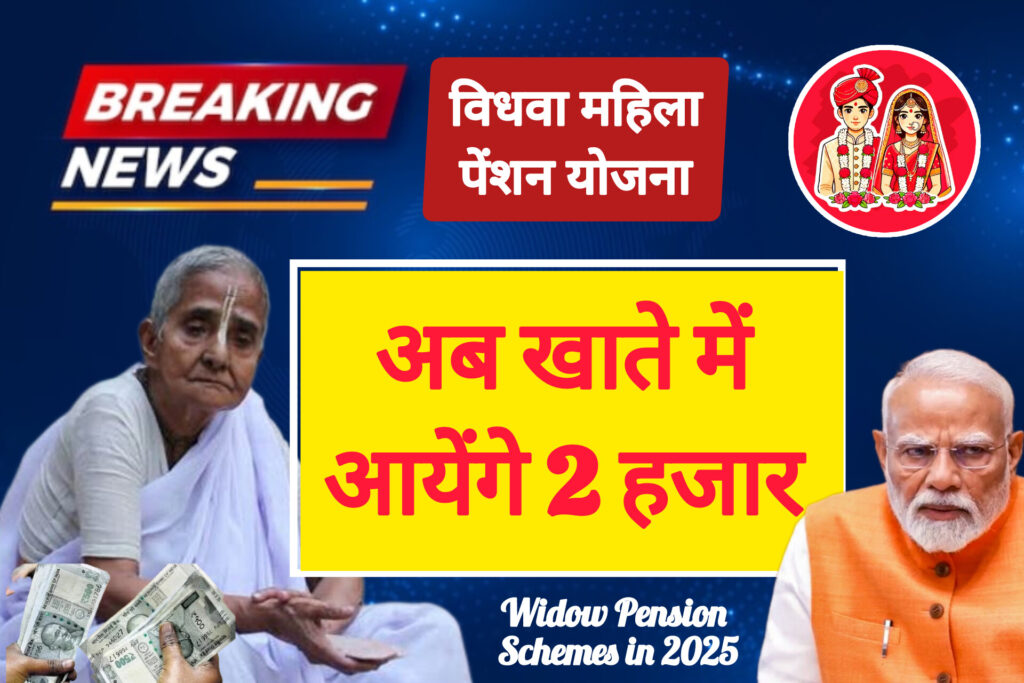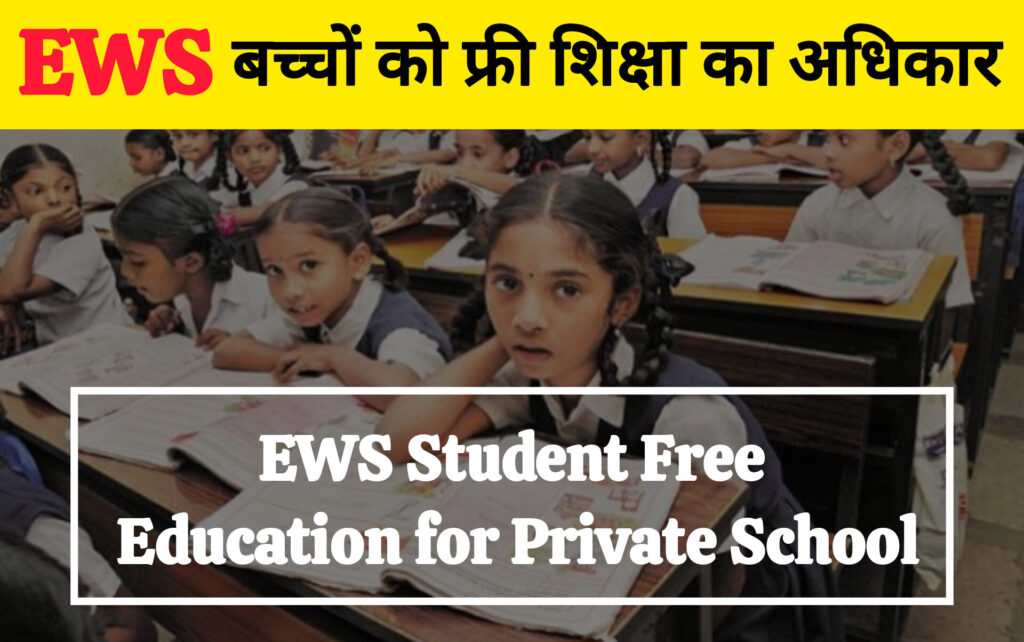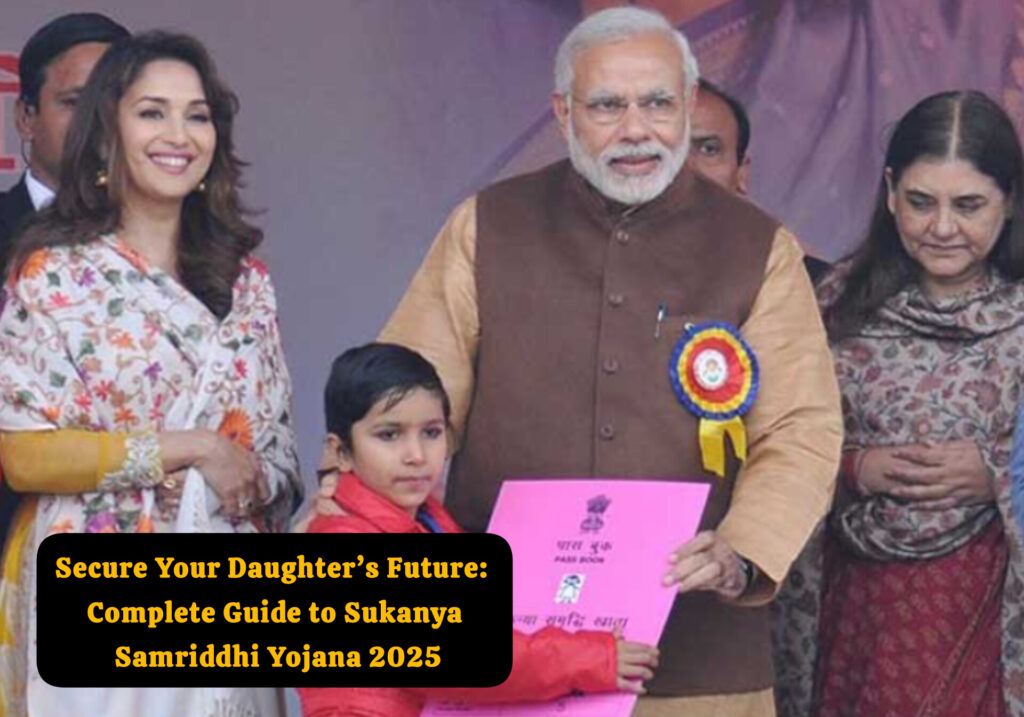In 2025, the Indian government has introduced and updated several schemes to promote solar energy adoption, particularly for residential and agricultural sectors. Below is a concise overview of the key solar panel government schemes in India, focusing on the latest updates:
- PM Surya Ghar: Muft Bijli Yojana (Rooftop Solar Scheme)
- Objective: Aims to install rooftop solar panels in 1 crore households, providing up to 300 units of free electricity monthly and enabling surplus power sales to the grid.
- Subsidies:
- Up to 60% subsidy for systems up to 2 kW (₹30,000 per kW).
- 40% subsidy for systems between 2-3 kW (₹78,000 for 3 kW or higher, capped at 3 kW).
- In Delhi, an additional ₹30,000 state subsidy brings the total to ₹1.08 lakh for a 3 kW system.
- Eligibility:
- Indian citizens with a valid electricity connection.
- Must own a house with suitable roof space (or terraces/balconies for ground-mounted systems).
- No prior solar subsidies availed.
- Systems must use domestically manufactured panels and be installed by MNRE-approved vendors.
- Application Process:
- Budget: ₹75,021 crore allocated until 2026-27, with ₹20,000 crore approved in Budget 2025.
- Impact: Expected to save households ₹15,000-18,000 annually and reduce CO2 emissions by 720 million tonnes over 25 years.
- National Rooftop Solar Scheme (Grid-Connected Rooftop Solar Programme)
- Details: Offers Central Financial Assistance (CFA) for residential, institutional, and social sectors (not commercial/industrial).
- Subsidies:
- Target: 40,000 MW of rooftop solar capacity by 2026.
- Application: Apply via pmsuryaghar.gov.in or state DISCOM portals, with subsidies credited post-installation.
- PM-KUSUM Scheme (Pradhan Mantri Kisan Urja Suraksha evam Utthaan Mahabhiyan)
- Objective: Solarize agricultural practices to enhance farmers’ energy security and income.
- Components:
- 10,000 MW of decentralized solar power plants on farmers’ land.
- Installation of 14 lakh stand-alone solar pumps in off-grid areas.
- Solarization of 35 lakh grid-connected agricultural pumps.
- Subsidies: Up to 30% CFA (50% in specific regions), with additional state subsidies in states like Karnataka (Surya Raitha Scheme for solar pumps).
- Benefits: Reduces operational costs for farmers and allows surplus power sales.
- State-Specific Schemes
- States like Haryana, Gujarat, and Madhya Pradesh offer additional subsidies (e.g., up to 40% in Haryana).
- Kerala’s Surya Thejus Scheme, implemented by ANERT, aligns with PM Surya Ghar, offering up to ₹78,000 for 3 kW systems.
- Other Incentives
- Net Metering: Available in most states, allowing households to sell excess electricity to the grid for credits.
- PLI Scheme: ₹44,000 crore allocated to boost domestic solar module manufacturing, reducing costs and import reliance.
- Tax Benefits: 5% GST on solar panels and priority sector loans up to ₹10 lakh for installations.
How to Apply:
- Visit pmsuryaghar.gov.in for PM Surya Ghar or state DISCOM portals for other schemes.
- Required documents: ID proof, address proof, electricity bill, property ownership proof, and bank details.
- Engage MNRE-registered vendors for installation to ensure eligibility.
Note: There is no fully “free” solar panel scheme; subsidies cover 40-60% of costs, with households paying the balance (20-30% down payment in some cases). Always verify with official portals or certified installers for state-specific details and updates.
For further assistance, contact MNRE-approved vendors or visit pmsuryaghar.gov.in. If you have specific questions about eligibility or costs in your state, please provide more details!









